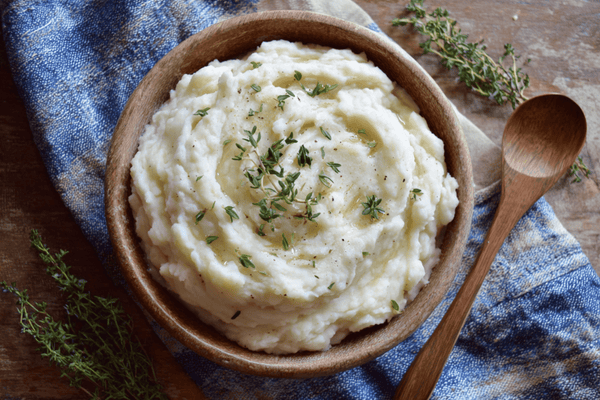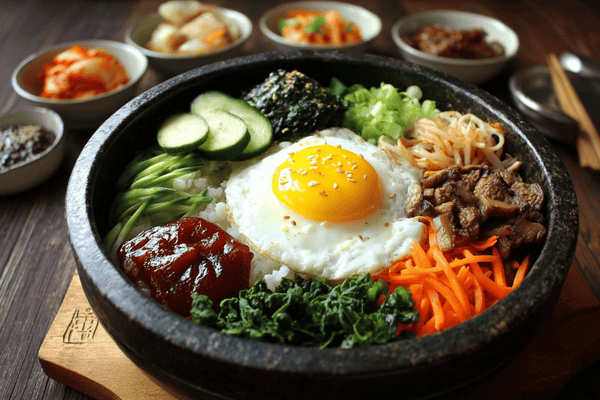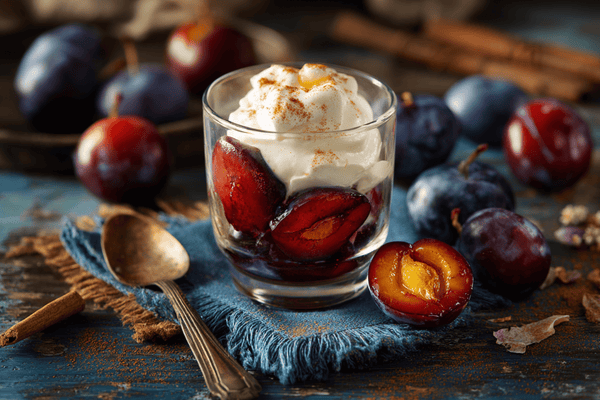
You might think that shopping for kitchen knives wouldn’t come with a lot of considerations; as long as it’s sharp and cuts through food, it’s good, right? Well, yes, there is a degree of truth in that statement but the sharpness and performance of the knife are largely linked to the type of material from which it is made.
Almost every kitchen knife features a stainless steel blade but there are different types of stainless steel, and each has its pros and cons. In this guide, we will be discussing the different types of stainless steel and finding out which is best for your kitchen knife collection.
Table of contents
Best Types of Stainless Steel for Kitchen Knives
Reading up on types of stainless steel can be a headache-inducing task. The various stainless steels have some pretty confusing names and this can leave you feeling as though you’ve just left a high school science class. But don’t panic! We’ve listed the names of some of the most commonly used along with simple explanations to help you make the best choice.Cronidur 30 Stainless Steel
This type of stainless steel has a very low carbon content and also contains nitrogen. This composition ensures a hard blade that has high corrosion resistance. However, out of all of the types of stainless steel used in knife making, this is one of the least common.D2/SKD11 Stainless Powder Steel
Depending on the manufacturer, you may see this type of steel listed as either SKD11 or D2 but they both refer to the same thing. One of the benefits of this type of steel is that the elements within it are very evenly distributed. This, coupled with its fine structure means that the steel is very hard and has good cutting abilities. Moreover, it offers excellent resistance to rust.X50CrMoV15 Stainless Steel
If you are looking to buy a German chef’s knife then the chances are that it will be made from this type of stainless German steel. X50CrMoV15 features 15% chrome and 0.5% carbon as well as other elements such as vanadium and molybdenum which make it more robust. It’s incredibly common and is versatile enough to be used by novice chefs right through to professionals. This steel is very rust-resistant and has almost perfect cutting characteristics.VG10 Stainless Steel
VG10 has quite a high carbon content, especially when compared to other types of stainless steel. The main advantage of this is hardness with this being one of the hardest types of stainless steel out there. As well as this, VG10 is one of the easiest types to sharpen which is great news if you’ve struggled with this in the past.Blue Paper Steel/Aogami Carbon Steel
This is not necessarily a type of stainless steel but is known as carbon steel. Still, it remains a material that is widely used in knife making. Blue paper steel is a type of white paper steel that can typically be found in river beds that are abundant in iron-rich sand. This type of steel is almost identical to the steel that is used to craft traditional Japanese swords, known as Tamahagene steel but is fashioned in a more modern manner. One of the greatest benefits of white paper steel is that it is near perfect and hardly contains any flaws, which is not something that can be said of many other types of steel. Where blue paper steel is concerned, there is still a very good degree of perfection but with the addition of other elements including wolfram and chrome. This does take away from the traditional nature of the steel but provides it with much greater characteristics.In terms of durability, the addition of these elements is excellent since blue paper steel is far more resistant to chipping and rust than white paper steel. That said, it doesn’t compare in this aspect to stainless steel whose durability is far more impressive. In terms of durability, the addition of these elements is excellent since blue paper steel is far more resistant to chipping and rust than white paper steel. That said, it doesn’t compare in this aspect to stainless steel whose durability is far more impressive.


